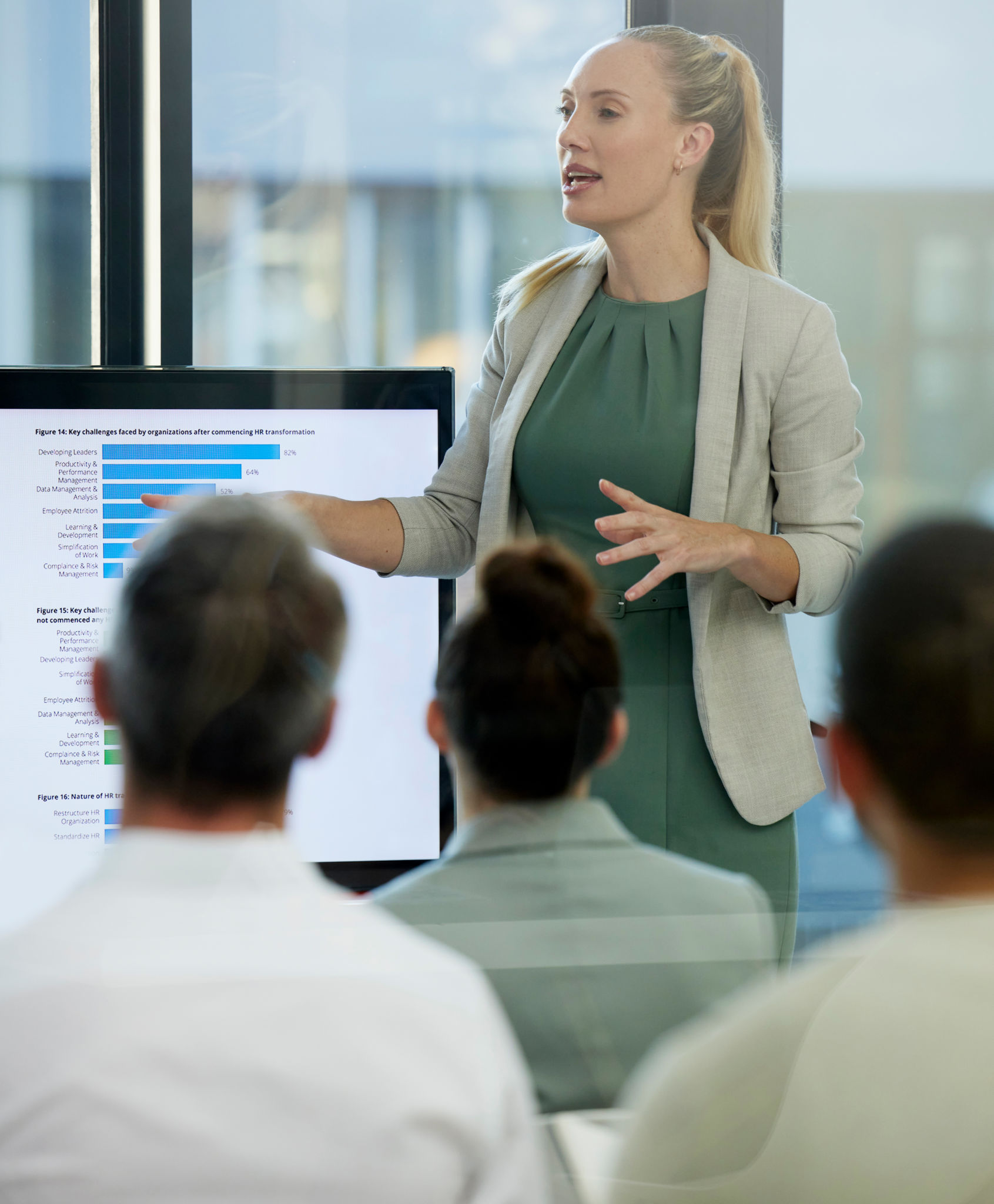Essential Tips for Maintaining Your Laboratory Equipment in Southeast Asia
Understanding the Importance of Regular Maintenance
Maintaining laboratory equipment is crucial to ensuring accurate results and prolonging the lifespan of your tools. In Southeast Asia, the tropical climate can pose additional challenges, such as humidity and high temperatures, which can affect equipment performance. Regular maintenance not only preserves the integrity of experiments but also minimizes costly repairs and replacements.
Implementing a consistent maintenance schedule helps in identifying potential issues before they escalate. This proactive approach can save both time and money, allowing laboratories to operate smoothly and efficiently. Additionally, well-maintained equipment can contribute to a safer working environment for laboratory personnel.

Establishing a Maintenance Schedule
Creating a maintenance schedule is essential for any laboratory. Start by consulting the manufacturer’s guidelines for each piece of equipment. These guidelines often include valuable information on cleaning, calibration, and servicing intervals. Tailor these recommendations to fit your lab’s specific needs.
Consider using a digital tracking system to manage maintenance schedules and records. This can help ensure that no equipment is overlooked and allows for easy access to historical maintenance data. A well-organized system makes it simpler to plan future maintenance activities and budget for necessary expenses.

Essential Maintenance Practices
There are several key practices to incorporate into your maintenance routine:
- Regular Cleaning: Dust, dirt, and debris can accumulate on equipment, leading to mechanical issues. Ensure that all surfaces are cleaned regularly with appropriate solutions.
- Calibration: Instruments should be calibrated according to the manufacturer’s instructions to maintain accuracy. This is especially important for sensitive equipment like balances and pipettes.
- Inspection: Regularly inspect equipment for signs of wear and tear, such as frayed wires or loose parts. Early detection of such issues can prevent more significant problems.

Addressing Environmental Challenges
The climate in Southeast Asia can be harsh on laboratory equipment. High humidity levels can lead to condensation inside sensitive instruments, while heat can cause overloading or overheating. To combat these issues, consider investing in climate control solutions such as dehumidifiers or air conditioning units.
Additionally, store equipment in temperature-controlled environments whenever possible. For items that are particularly sensitive to humidity, using silica gel packets or other moisture-absorbing materials can help mitigate potential damage.
Training and Empowering Staff
Properly trained staff are crucial to effective equipment maintenance. Ensure that all personnel understand the importance of routine care and are familiar with the operation and upkeep of each piece of equipment they use. Regular training sessions can keep staff updated on best practices and any changes in maintenance protocols.
Empowering your team with knowledge not only boosts confidence but also enhances the overall efficiency of the laboratory. Encourage a culture of responsibility where staff members take ownership of maintaining the tools they work with daily.
